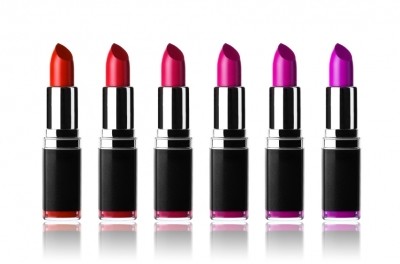L'Oreal's lipsticks contain highest levels of lead, study claims
some of the highest levels of lead in lipstick on the US market.
Last week, the Campaign for Safe Cosmetics released the results of independent research on lipsticks bought across the US, concluding that 61 per cent of test samples contained detectable levels of lead. Following intense media interest the lobby group released additional information yesterday indicating that L'Oreal is a prime offender. According to the original tests six of the 11 lipsticks with the highest lead content were made by L'Oreal under the brands L'Oreal and Maybelline NY. The Campaign for Safe Cosmetics claimed L'Oreal responded saying that its products are in full compliance with FDA regulations and that the company intends to stand proudly behind its products. L'Oreal was unavailable to comment on the accusations when CosmeticsDesign.com tried to contact them. Lead is a poisonous metal that can in large doses cause brain and blood disorders and has also been linked to infertility. The Campaign for Safe Cosmetics argues that the US Food and Drug Administration (FDA) has set a 0.1 ppm limit on lead in candy, while the new research found as much as 0.65 ppm of lead in lipsticks, which can also be ingested. The Campaign for Safe Cosmetics is calling on L'Oreal to reformulate its lipsticks to make them lead free. It is also appealing to the FDA to carry out its own public research on lead in lipsticks and require companies to reduce lead content to the lowest levels possible. Last Friday, the FDA responded to the research from the interest group by promising to look into the issue of lead in lipstick. Cosmetics trade associations on both sides of the Atlantic were more defiant in their responses, insisting that the amount of lead in lipstick is negligible and poses no health risk to consumers. "The average amount of lead a woman would be exposed to when using cosmetics is 1,000 times less than the amount she would get from eating, breathing and drinking water that meets Environmental Protection Agency (EPA) drinking water standards," stated the US trade organisation, the Cosmetics, Toiletry and Fragrance Association (CTFA). Sebastian Marx, spokesperson for the European Cosmetic, Toiletry and Perfumery Association (COLIPA), told CosmeticsDesign.com: "We have the same opinion as the CTFA. The levels of lead that have been found in cosmetics are minimal and its presence is not a health hazard." Marx also said the Campaign for Safe Cosmetics should not make a direct comparison between lead levels in food and lipstick. He said: "The amount of lipstick that you ingest is much smaller when used normally than it would be if you ate it.











